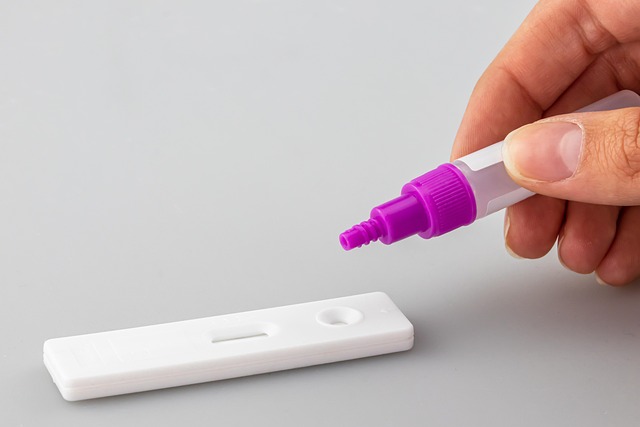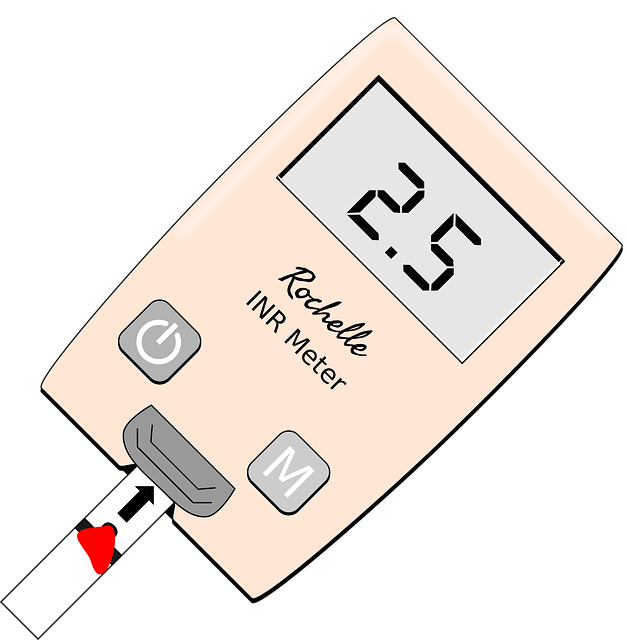In San Antonio, addressing lead paint contamination is crucial for young residents' health. Older homes often contain toxic lead-based paint, posing risks to children's development. Regular soil testing and proactive measures by homeowners are essential to identify and mitigate these hazards, ensuring safer play environments and protecting vulnerable kids from lead exposure. A systematic approach involving property inspection, soil sampling, lab testing, interpretation of results, immediate action, and proper disposal of hazardous materials is vital for safeguarding children living in San Antonio homes.
In San Antonio, lead paint contamination remains a significant health concern, especially for children. Understanding the risks associated with lead paint is crucial for protecting young minds and ensuring safe living environments. This article explores why testing soil contamination is essential in identifying potential hazards linked to lead paint. We provide a comprehensive step-by-step guide on conducting thorough checks, enabling homeowners and professionals to take proactive measures in safeguarding children from lead paint exposure in San Antonio homes.
- Understanding Lead Paint Contamination in San Antonio Homes
- Why Testing is Crucial for Protecting Children's Health
- Comprehensive Soil Contamination Checks: A Step-by-Step Guide
Understanding Lead Paint Contamination in San Antonio Homes

In San Antonio, understanding lead paint contamination is paramount for protecting children’s health. Many older homes in the city may contain lead-based paint, which can pose significant risks to young residents. Lead is a highly toxic metal that was commonly used in paint until its dangers became widely recognized in the mid-20th century. Even small amounts of lead exposure can cause severe developmental issues in children, affecting their nervous systems and cognitive abilities.
Regular testing for lead paint contamination is essential for San Antonio homeowners. It allows them to identify potential hazards and take necessary precautions to protect their families, especially children who are most vulnerable to the effects of lead. With proper knowledge and proactive measures, residents can ensure a safer living environment, minimizing the risks associated with lead-contaminated paint.
Why Testing is Crucial for Protecting Children's Health

Testing soil contamination, especially for lead, is an essential step in safeguarding the well-being of children in San Antonio communities. Lead paint, once prevalent in older homes, can leave behind toxic residues that infiltrate the soil around properties. Children, being more susceptible to lead poisoning, can come into contact with these contaminated soils through various means, such as playing outdoors or simply by touching contaminated surfaces. Regular testing enables parents and community members to identify potentially harmful areas and take preventive measures.
By conducting routine checks, residents can ensure that their children’s play areas are safe from lead-contaminated soil. This proactive approach is crucial in mitigating the risks associated with lead exposure, which can have severe developmental and health implications for young minds. Protecting children from lead paint and its environmental traces is a collective responsibility, ensuring a healthier future for San Antonio’s youth.
Comprehensive Soil Contamination Checks: A Step-by-Step Guide

Comprehensive Soil Contamination Checks are essential for ensuring the safety of children living in San Antonio homes, as lead paint can pose significant health risks. The process involves a step-by-step approach to accurately identify and mitigate any potential hazards. First, conduct a thorough inspection of the property, focusing on areas where lead-based paints might have been used, such as older structures or those with historical significance. Next, collect soil samples from various locations around the house, especially in yards and gardens where children play. These samples should be sent to a certified laboratory for testing using advanced methods like X-ray fluorescence or atomic absorption spectroscopy.
Once the lab results are available, interpret them carefully. If lead levels exceed safety thresholds set by regulatory bodies, take immediate action. This might include removing contaminated soil, repaving areas, and ensuring proper disposal of hazardous materials. Additionally, consider implementing protective measures like installing barriers or planting lead-absorbing plants to prevent further contamination. By following these steps, San Antonio residents can actively protect their children from the dangers of lead paint and create a safer living environment.
Protecting children from lead paint in San Antonio homes requires proactive measures, and comprehensive soil contamination checks are a vital step. By understanding the risks associated with lead paint and employing a meticulous testing process, residents can ensure their properties are safe. This guide has outlined the importance of such checks and provided a practical, step-by-step approach to identifying and mitigating potential hazards. With these precautions, San Antonio can strive towards creating healthier environments for its youngest inhabitants.
